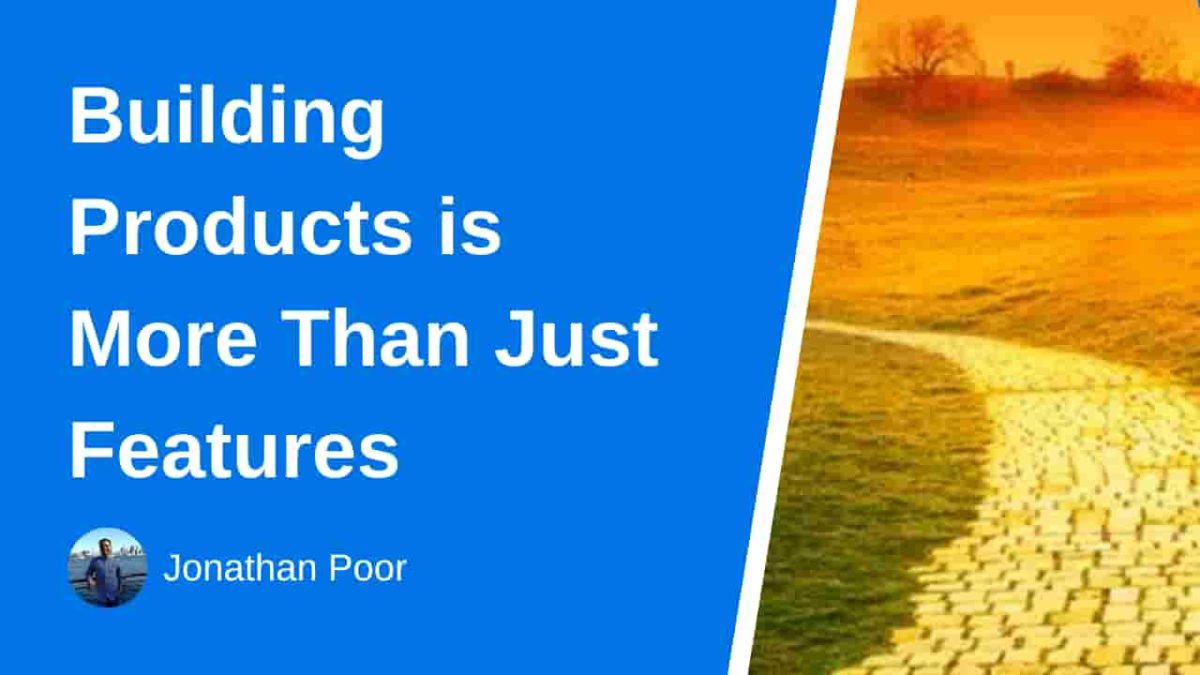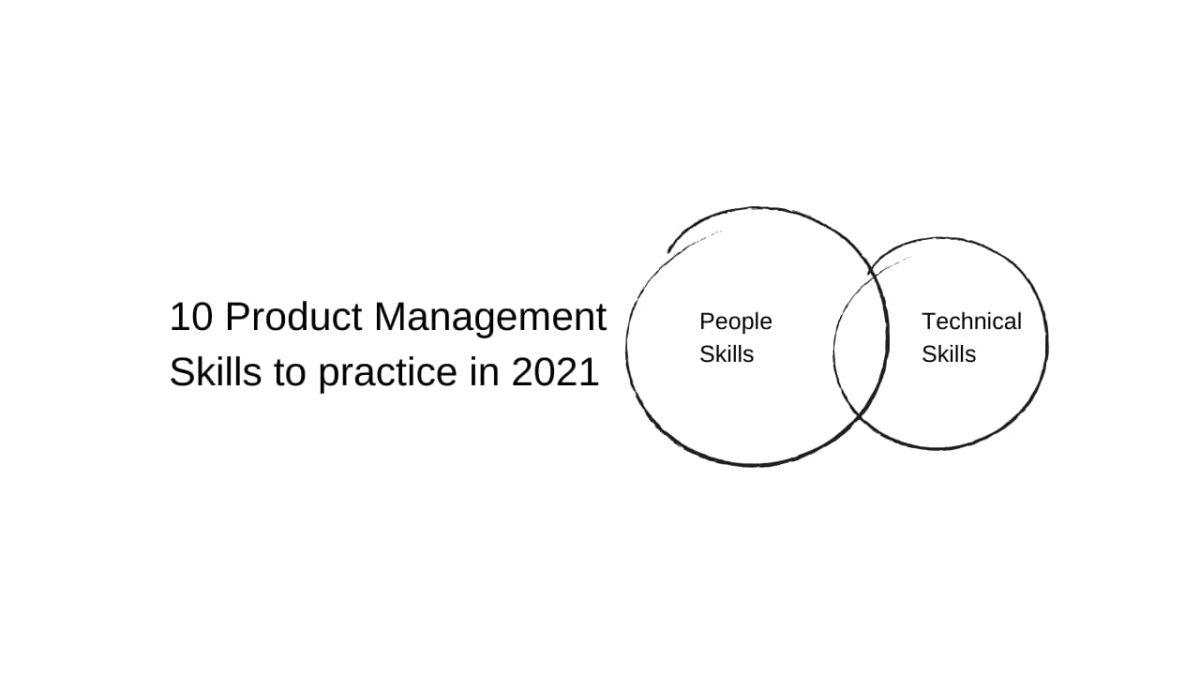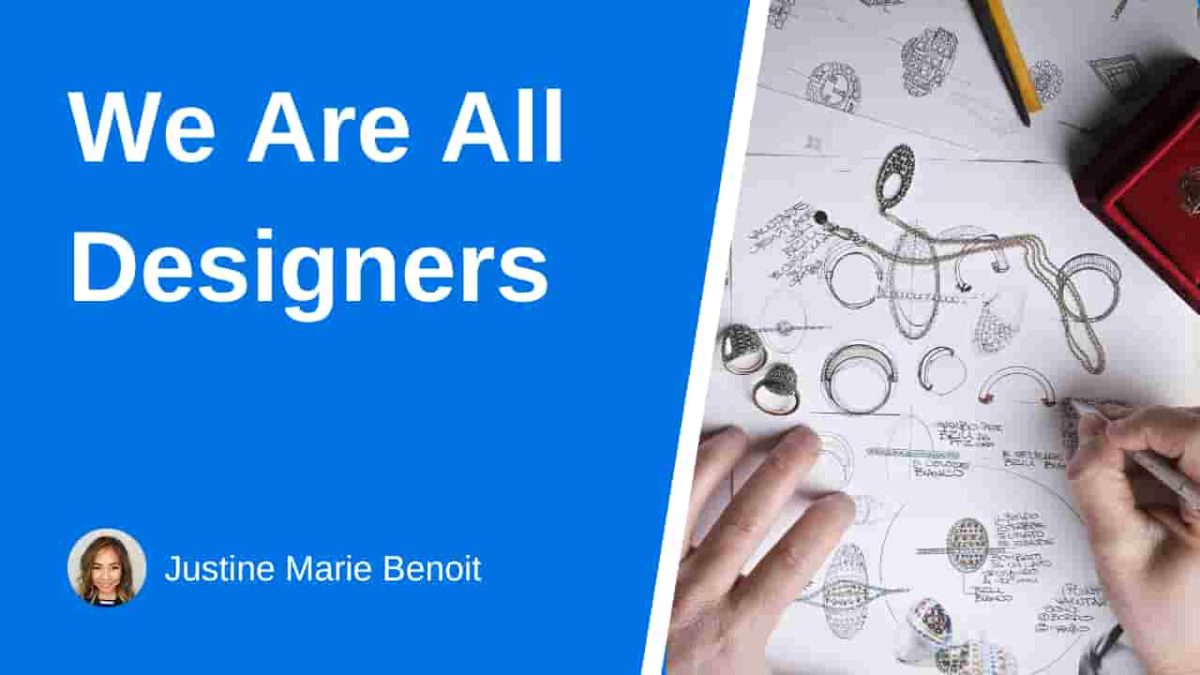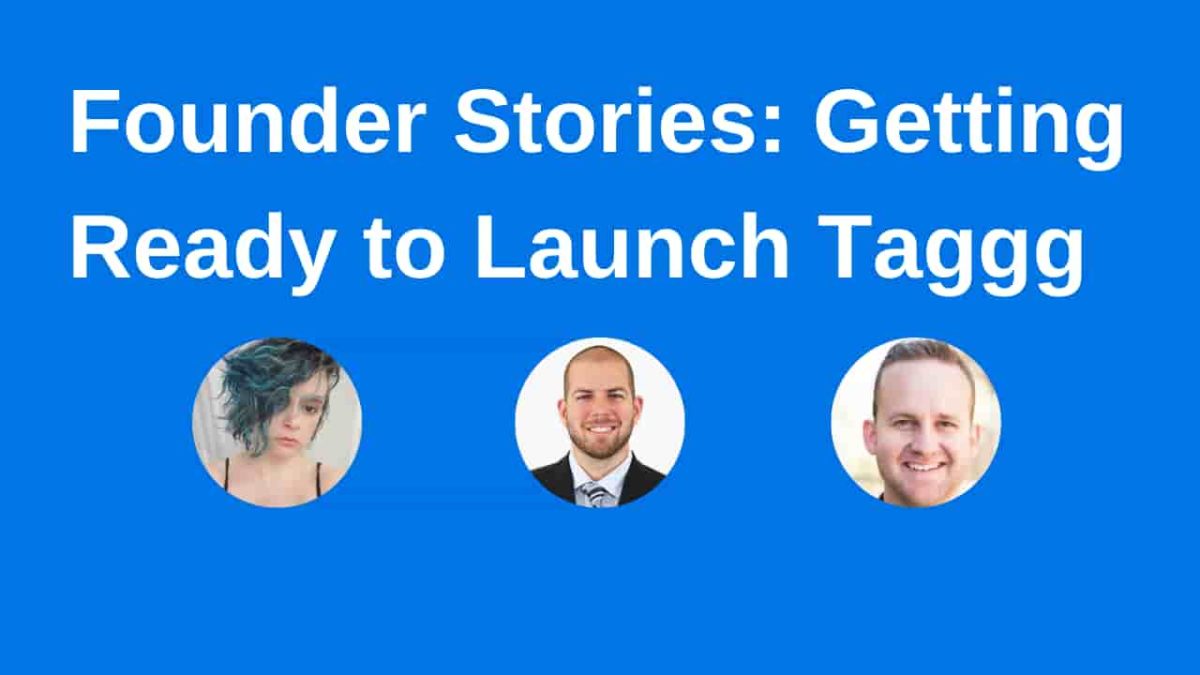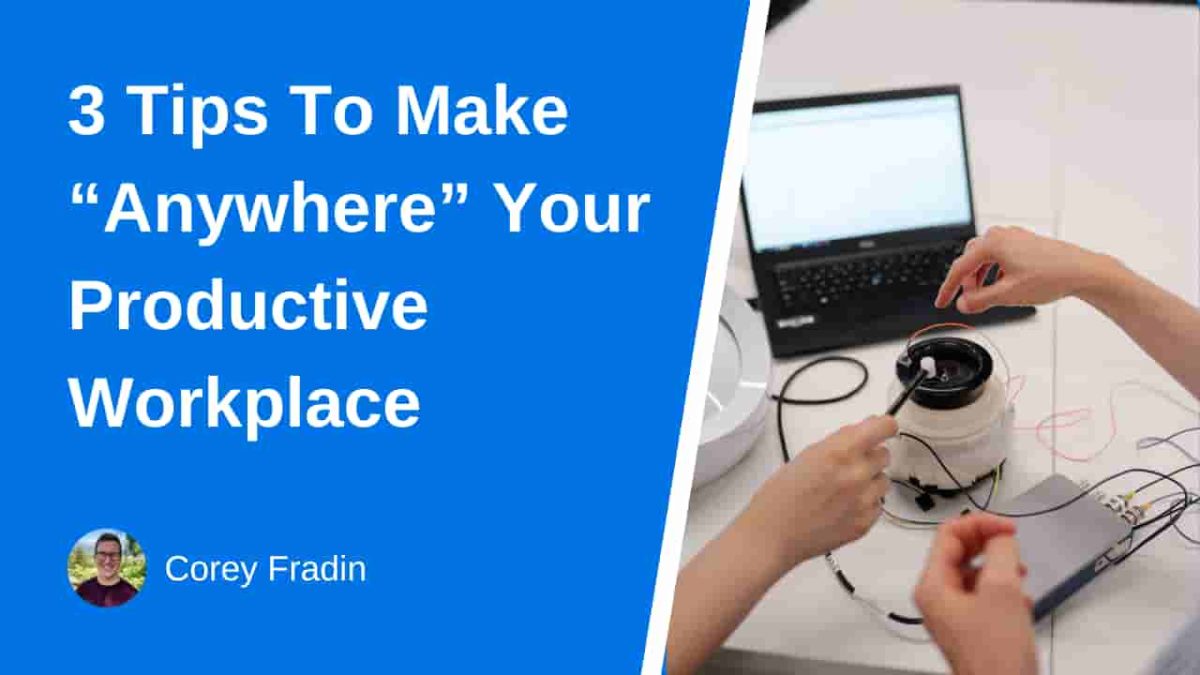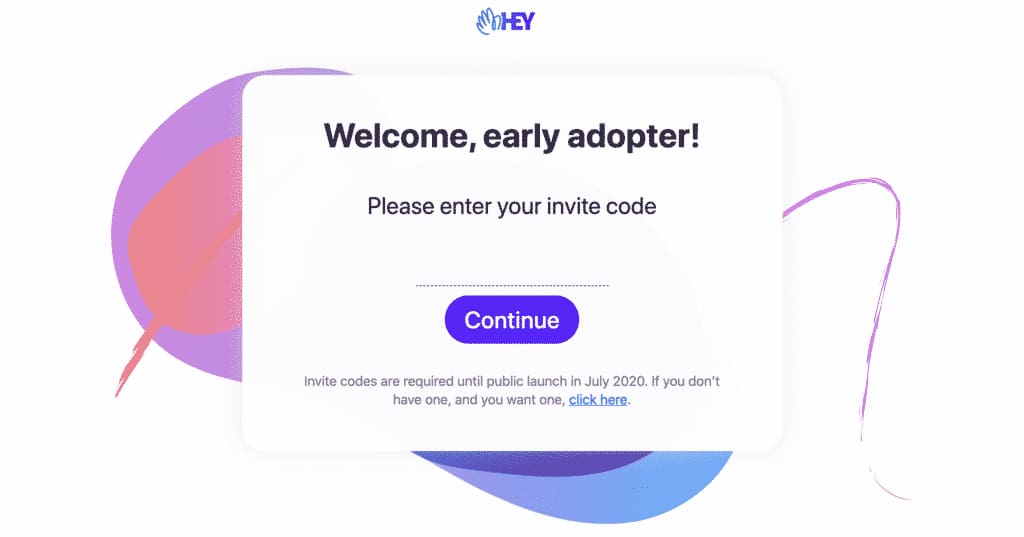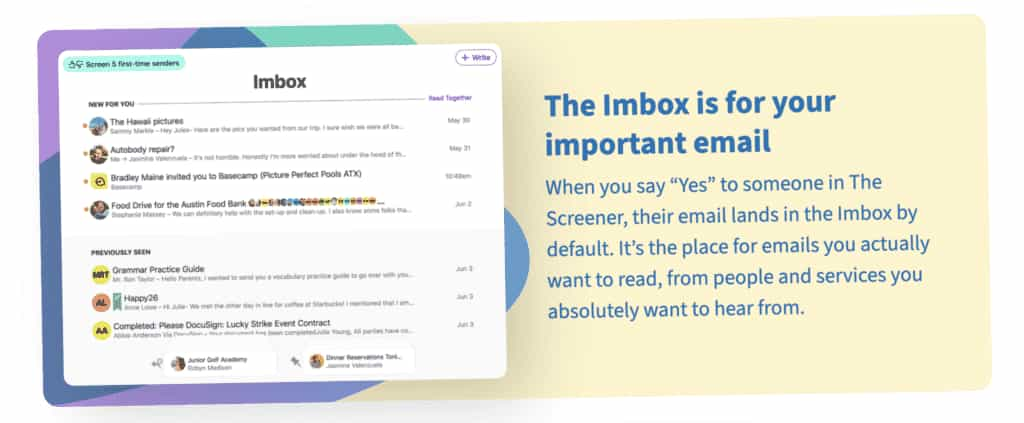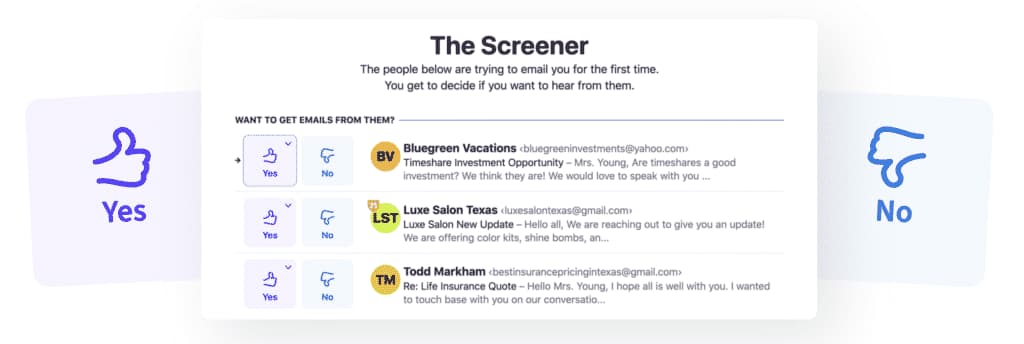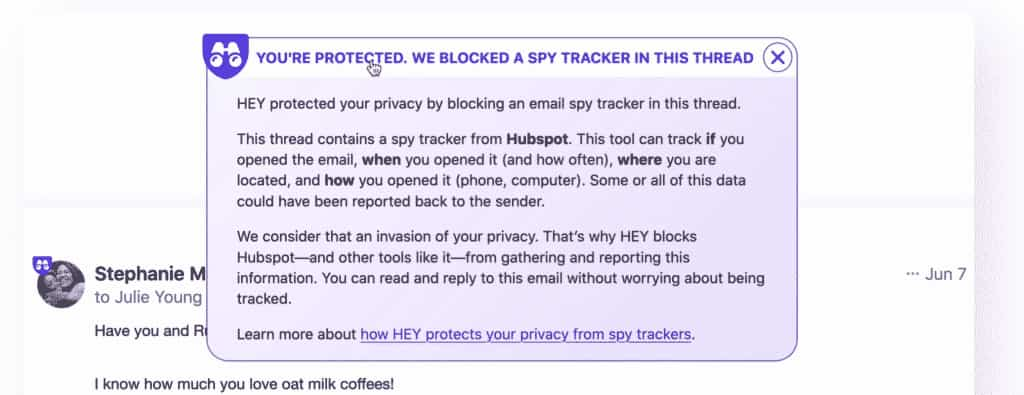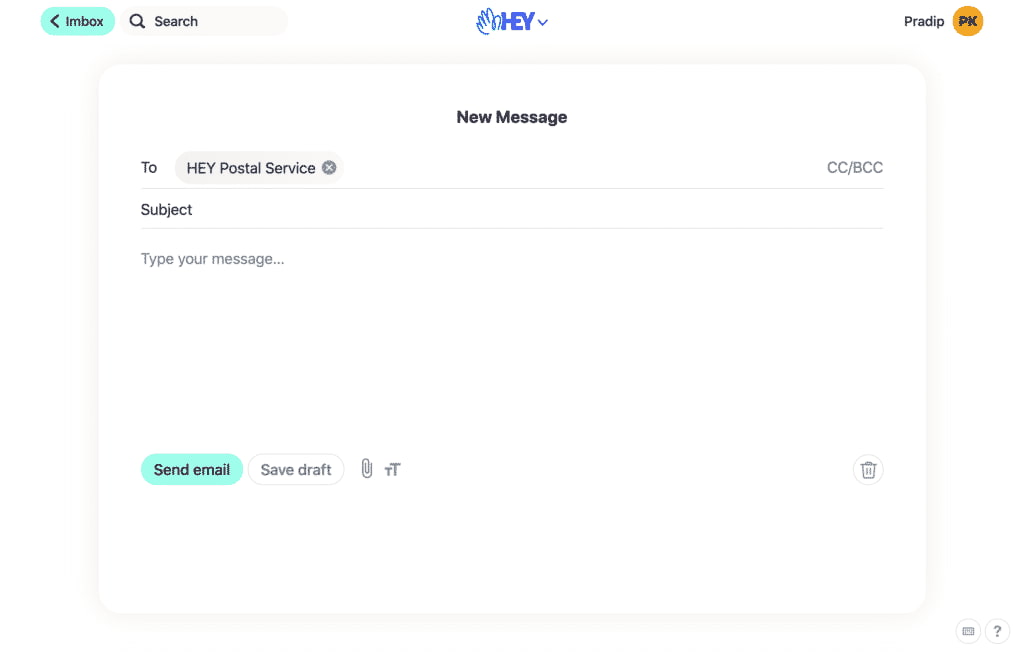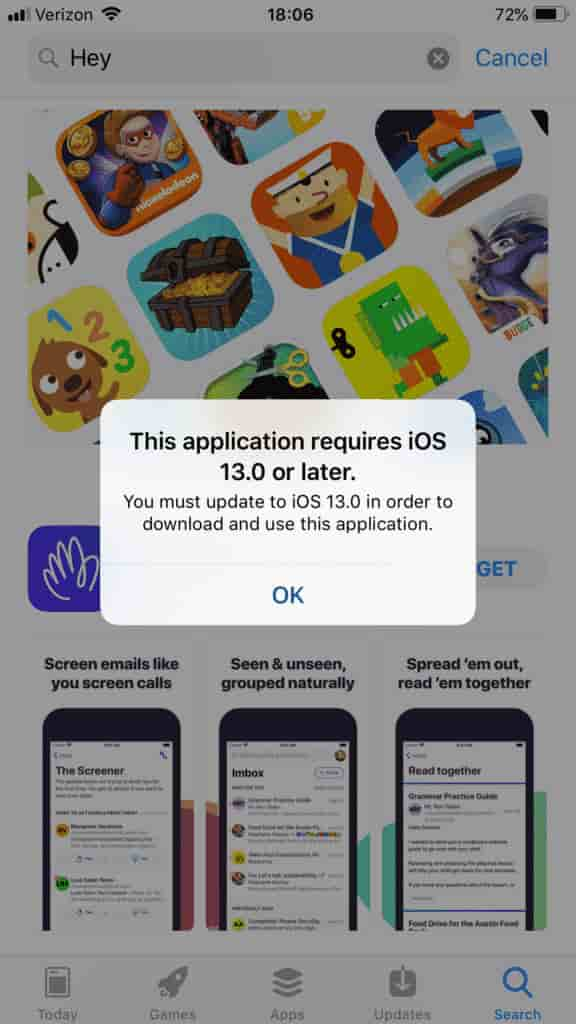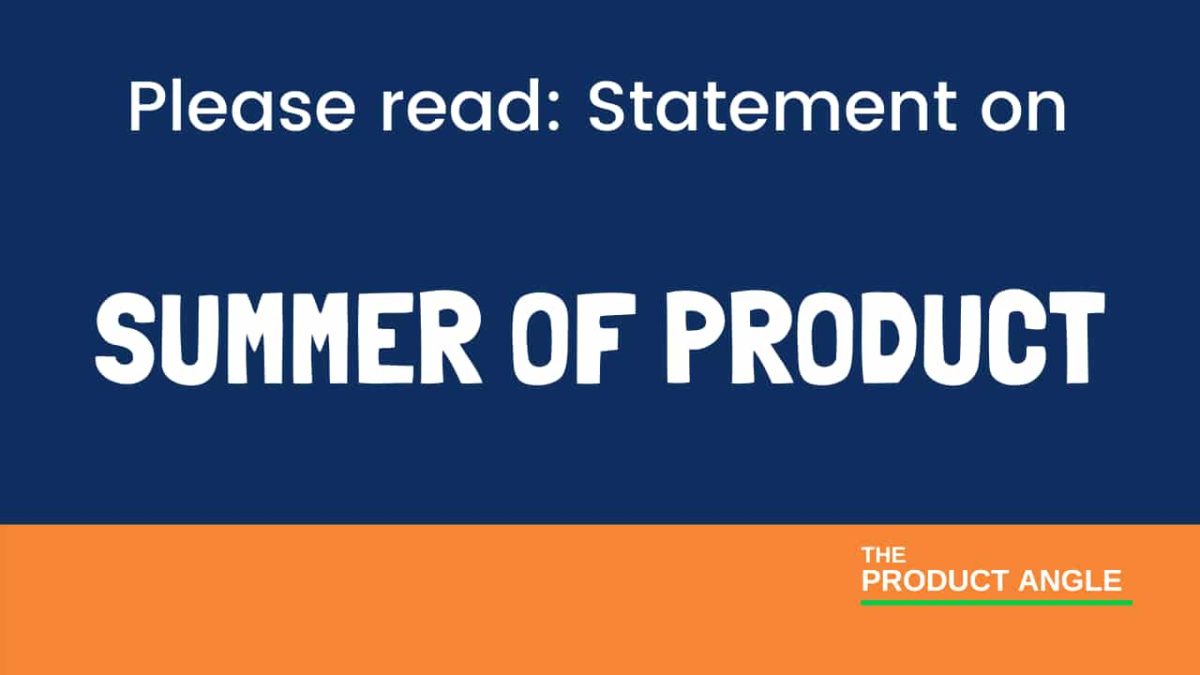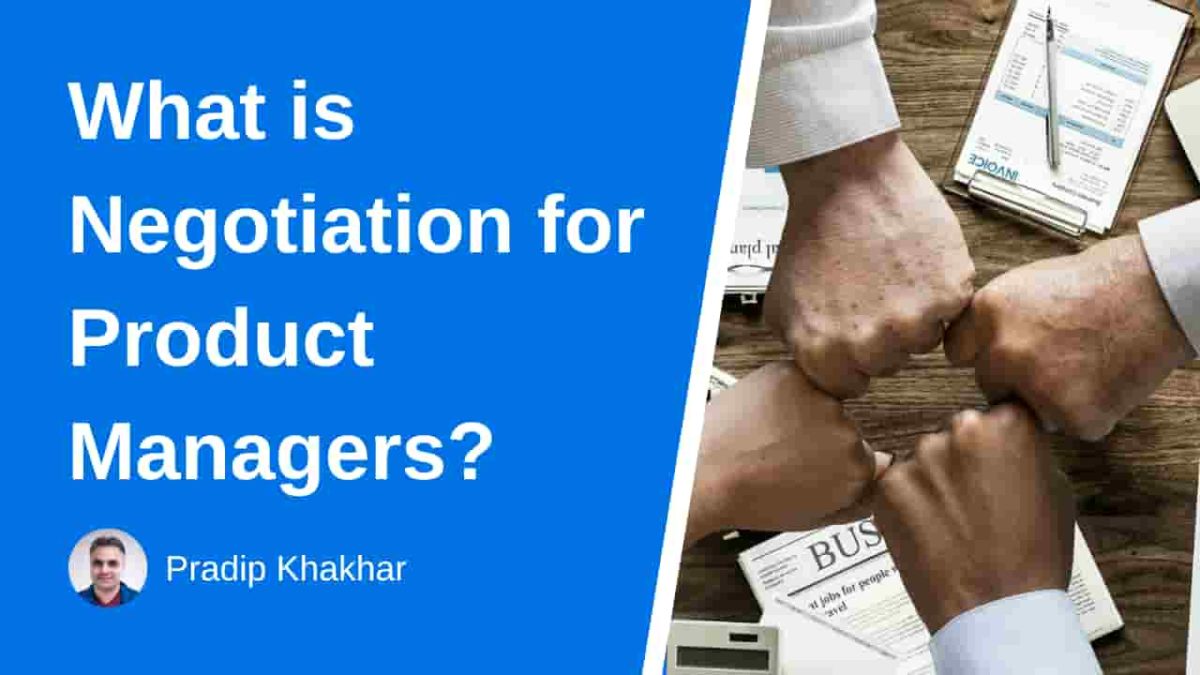Yes, Product Managers negotiate every day. However, you may not have thought about Product Management this way. In this article, my goal is to answer what is negotiation for Product Managers? and share 10 steps to influence without authority. Click right here to jump straight down to step #1 and start influencing.
Generally speaking when we think about negotiations we tend to think about one of the following three situations, negotiating:
- With a customer over price or contracts
- A legal settlement
- With vendors
As a result, when we think about the role of the Product Manager, negotiation is typically something we don’t see often.
If you’d ask me to sum up the role of the Product Manager in one tweet I’d say:
Introduction to Negotiations
What is a negotiation
Types of negotiations
Do Product Managers negotiate?
Elements of an effective negotiation?
Habits of effective negotiators
Negotiation for Product Managers in 6 steps?
1. Become self-aware
2. Prepare
3. Ask questions
4. Focus on interests not positions
5. Leverage
6. Align the success plan
10 steps to influence without authority
1. Be influence-able
2. Be active
3. Know your stuff
4. What does success look like
5. Build relationships
6. Build alignment
7. Team Discovery (Understand the team dynamics)
8. Communicate with purpose
9. Minimize risk & reduce friction
10. Create a path to success
5 negotiation traps to be aware of
Reciprocity trap
Good Cop Bad Cop
The last-minute issue
The school yard bully
The alternative availability
What to do if you fall into a trap
Bonus
Do founders negotiate?
Introduction to Negotiations
What is a negotiation?
In Chris Voss’s book never split the difference, Chris says:
“Life is a negotiation. The majority of the interactions we have at work and at home are negotiations that boil down to the expression of a simple, animalistic urge: I want.”
In G. Richard Shell’s book bargaining for advantage – negotiation strategies for reasonable people, Richard says:
“A negotiation is an interactive communication process that may take place whenever we want something from someone else or another person wants something from us.”
In Roger Fisher, William Ury, and Bruce Patton’s book Getting to Yes: Negotiating Agreement Without Giving In, the authors define negotiation as a:
“Back-and-forth communication designed to reach an agreement when you and the other side have some interests that are shared and others that are opposed.
Like it or not, you are a negotiator … Everyone negotiates something every day.”
In Leigh Thompson’s book Mind and Heart of the Negotiator Leigh refers to negotiation as an:
“Interpersonal decision-making process” that is “necessary whenever we cannot achieve our objectives single-handedly.”
Types of negotiations
You’re probably negotiating already and may not even know it. Or you may be calling it something else. Below are five different examples of negotiating.
1. Buying a new car. The dealer and buyer are likely negotiating the purchase price of the car. The dealer knows the fixed value and will negotiate to keep as much money as possible. This is an example of distributive negotiation or distributive bargaining.
2. Buying a used car is similar to what we described above. However, depending on the nature of the seller this might be viewed as a one time exchange. Think about seeing an ad online for a car and arranging to go see it and then making the decision to buy or not. In this situation, the seller is not expecting a relationship.
3. Negotiating your job offer. We hope when you negotiate your job offer you are looking at more than just the salary offer. For example, vacation, working conditions, benefits, etc. This is an example of an integrative negotiation or integrative bargaining. However, in this situation, you work with the employer to create a “win-win” agreement. You benefit from employment and the company benefits from an additional resource. Since multiple issues are at stake, depending on interests and values there is more opportunity for a give and take.
4. Negotiations can also be in teams. Think about when the sales team approaches the Product Management team about implementing new features the market is asking for.
5. Three friends deciding where to go out to eat is an example of a multi-party negotiation. Each of the three friends will have inputs. Similarly, for example, three countries negotiating a trade agreement is a multi-party negotiation.
Do Product Managers negotiate?
Yes, Yes, and a strong Yes
via GIPHY
Does this sound familiar?
- You’re looking for a new Product Manager role and one offer you receive is $20k lower than what you are looking for.
- While working with the sales team they keep requesting new features to be added to bring in new sales. However, when we ask for details or ask to speak with the customer the features keep changing and cannot decide what to build.
- The CEO of the company just informed us that he has seen competitor X launch two new features and has instructed us to have them built by the end of the month. We don’t know how these features will benefit our customers
- The sales team is over sharing roadmap items to get new customers, however, they churn quickly.
- We need some more time to do more effective customer discovery but the engineering team is expecting to start building tomorrow.
Product Managers negotiate every day and with multiple stakeholders across the company. However, almost no Product Management training program offers any negotiation training. This is why we created our Practical Negotiations for Product People workshop and Team Discovery for Product People Workshop.
Persuasion, Influencing, and Negotiation
In other words, as Product Managers, we often refer to the phrase “influence without authority” as a key tenant of our role. If we explore this a little further we arrive at the following:
- Persuasion is the short term form of changing hearts and minds. In order to persuade words are used to encourage someone to take action in the direction you choose.
- Influencing takes persuasion one level up where reputation and credibility are taken into consideration. Therefore being the ability to influence is a skill that builds over time.
- Negotiation is (as we stated above) a discussion between two or more people to reach a mutually beneficial agreement. However, to expand a little, the people involved generally have constraints, priorities, needs, etc. that need to be taken into consideration.
Elements of a effective negotiation?
Success is relative and will depend on what the outcome of the negotiation is. However, effective negotiations share the following elements:
- A smart agreement that benefits all parties involved. In this scenario, all parties stand to gain something that they would not if it were not for this agreement and better than the alternatives.
- It’s efficient. The agreement should take no longer than necessary. Creating a product vision generally will take longer than deciding what to eat with a co-worker. From a sales perspective, if it’s taking two years to sign a new customer, it would be safe to assume the customer doesn’t have a real interest in your product.
- It doesn’t damage the relationship. Even if the agreement is for the purchase of a car or house which can be considered a one-time purchase. Maintaining relationships is important.
Habits of effective negotiators
Negotiation is a practical skill that can only be taught so far by reading books. You have to get out there and negotiate. Keep a negotiations log of every negotiation you are involved in and as you practice more you’ll start getting better.
Some of the most effective negotiators have the following mindset:
- They prepare a lot. I would go on to say some negotiators who I consider experts would go on to say know the negotiation better than the person you are negotiating with.
- Personal Integrity. It’s not about getting what you want at all costs. Effective negotiators have no exceptions to personal integrity.
- They know when you shut up. Staying quiet or knowing not to be the first to break that awkward silence. The first person to break that silence generally ends up losing leverage.
- They hold high expectations for the outcome.
What is Negotiation for Product Managers?
1. Become self-aware
You are the root of every problem
Before you negotiate (persuade or influence for that matter) I would suggest you take a self-evaluation and be self-aware (if you are not already).
Who you are
As humans, we all have a background, culture, and upbring. No one subset is better than the other, however, during a negotiation, it is important to be aware of your limitations.
I was once sitting in a multi-million dollar contract negotiation, I would say there were about six people from the company I worked at and around the same for the company we were trying to reach an agreement with.
We started reviewing the financial section and our team started asking questions to their financial person. He was a bright professional and as he started answering our questions we realized that he was relatively new to the table. Meaning, he likely just got promoted and did not have much practice negotiating.
As we asked more specific questions, he started to offer concessions and discounts without us asking for them. A few minutes later a senior member of their team called a break. After we returned the finance person did not say a word. It seemed one of their senior members of the team had a few words with him.
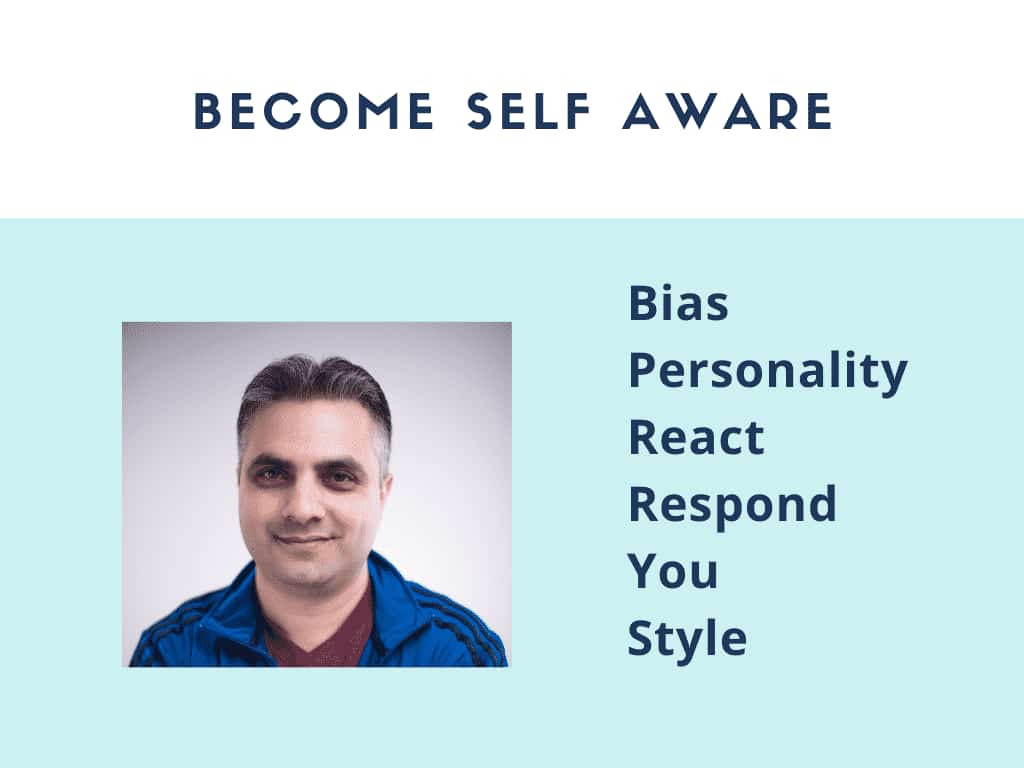
Understand your strengths and weaknesses
Negotiations can be scary and maybe that’s why Product Managers have not really gotten used to the idea that Product Managers negotiate every day.
While we have defined negotiation as “Negotiation is a discussion between two or more people to reach a mutually beneficial agreement,” discussion can occasionally get heated. Not often, but possible. How do you handle the heated exchange?
Your personality plays a big part in how you react or respond. If you are proactive or reactive. As you start to think about these things they become part of your style.
If you’re interested in learning more about your personality type take a look at the 16 personalities website. Please act with caution as in my opinion these types of tests can be used as a guide. However, you know you best.
Understanding your strengths and weaknesses has two impacts:
- How you negotiate.
- How other people negotiate with you.
2. Prepare
Effective negotiators prepare a lot. Front-loading much of the work makes it easier to negotiate. Preparation is so important a topic that it needs to be broken further down.
Know what you want
Sounds relatively simple, however, you don’t want to be thinking about it during a negotiation. Kow what you want before going into a negotiation.
For example, let’s say you received a job offer for $20K less than what you wanted.
Would you refuse this opportunity purely based on a $20K amount?
I should hope not. Don’t get me wrong $20K is a lot of money, however, my point is the decision to accept or reject a job offer should not solely be based on a dollar amount. A job offer has other elements that should be taken into consideration.
Determine your BATNA
A BATNA is a Best Alternative To a Negotiated Agreement. In other words, what happens if you cannot reach an agreement?
What’s the alternative?
For example, going back to our job offer where you received an offer for $20k less than what you wanted. In this situation, potential BATNA’s could be:
- If you are currently employed. Staying at your current job is an alternative.
- Or if you are not currently employed. Your alternative may be to remain unemployed and continue looking for another job.
- Or if you have Competing offer. A competiting offer that is also a potential alternative.
Develop a list of alternatives before so in the back of your mind if the discussion fails you know the alternatives clearly. Rank them from most desirable to least desirable.
Determine your walk-away point
Before you start negotiating, think about a walk-away point (like a line in the proverbial sand). At some point when the discussion just doesn’t feel like it’s progressing, you already know where your bottom line is and can walk away.
Know what the person you are negotiating with wants better than they do
This is a tough one. When I mention this to students in our Practical Negotiations for Product People workshop the most asked question following is “where do I go to find out what the other person wants better than they do?”
It’s very hard, I 100% agree. However, depending on the stakes the level of preparation will vary. Here’s what I mean, a Product Manager working with the sales team to close a large deal will require more preparation and intelligence around the potential customer than say a Product Manager working with the engineering to create an MVP to test and iterate on.
Please note: I am not saying one is more important than the other. Only those stakeholders have different thought processes.
The first step, in my opinion, is to Google the name of the person you are negotiating with. You’ll find out where they hang out, the social platforms they are on. In many B2B cases, you’ll likely them on Linkedin and/ or Twitter. Use this information to find areas of similarities.
Once I was talking about hosting our Practical Negotiations for Product People workshop for a company’s internal team. Before the meeting, I checked out the profile of the two individuals I was due to chat with and found out that one of them attended the same college as me.
You bet I dropped that into the conversation. Did it work? who knows. But the company did hire me.
Many times you can make an educated guess or ask questions to understand what the person wants better than them. In the above workshop situation, through a series of questions, I found out that the company is starting to build out a training series, where they plan to periodically bring certain teams together for a lunch and learn series.
I focused on how the Practical Negotiations for Product People workshop will help the team after the workshop. They were interested in the mock negotiation and I believe that is what made the company move forward with me.
There’s more
However, there is a lot more to this process and there are nuances. However, the point you should take away from this section is to think like the person you are negotiating with. What are they hoping to accomplish and what obstacles can be foreseen.
A couple of things to remember:
- Look for shared interests or common ground
- Identify areas where you think the other person will say no and think about how you can address those concerns
- Think of unique ways to create small wins while working to a bigger goal or outcome
- Know the chain of command/ decision-makers from the team you are negotiating with
Understand the impact on the relationship
Negotiation is all about people and something they need or want. Creating a personal relationship builds a level of trust and therefore facilitates communications.
We all want to see our friends succeed and as humans, we are willing to help where we can. However, people are complex and emotional and therefore, may become unpredictable and therefore trust will need to be considered each time you negotiate.
Relationships allow you to gain credibility and access. Think about when you applied for your last Product Manager through a friend or referral versus applying cold.
Keep the focus on the shared interests/ outcome
Negotiations are between people and it can sometimes be easy to get carried away from the reason the negotiation is taking place. This is why I suggested being self-aware above.
People are unpredictable. This applies to all parties involved in the negotiation, someone may say something that triggers off an emotional response which then takes over and discussions move from interests into positions.
If the conversation isn’t moving, learn to either 1) Take a break, 2) guide the conversation back to interests, or 3) table that part and move on to the next topic that needs to be discussed.
Want access to my negotiation preparation workbook?
Learn to keep track of your negotiations. My negotiation preparation workbook will guide you through the preparation phase and bring clarity around your negotiations.
Subscribe to my newsletter and I’ll let you know when it’s released.
3. Ask questions
I cannot stress the importance of asking questions. A good well crafted question can yield many benefits:
- Understand the interests. Especially helpful if you cannot move the conversation away from position based negotiation.
- Test your understanding.
Ask questions does not mean you hijack the conversation and make it robotic. You cannot expect the conversation to be:
You: Question 1.
Them: Answer 1.
You: Question 2.
Them: Answer 2.
You: Question X.
Them: Answer X.
Rather learn to listen more than you talk. Listen to what’s being said but also what’s not being said. Test understanding for interests by asking questions that you’ve thought of before the negotiation.
Some recommendations for developing your asking questions skills:
On the flip side learn to also give good answers 😉
4. Focus on interests not positions
This is a very important element of negotiations.
An interest is: I want to make lemonade.
A position is: I need a lemon.
For example, let’s say we have two chefs in the restaurant kitchen. Both chefs are busy preparing their dishes and at the same time, they realize they need a lemon. Both rush over to the Pantry and see that only one lemon is left.
Who gets the last lemon?
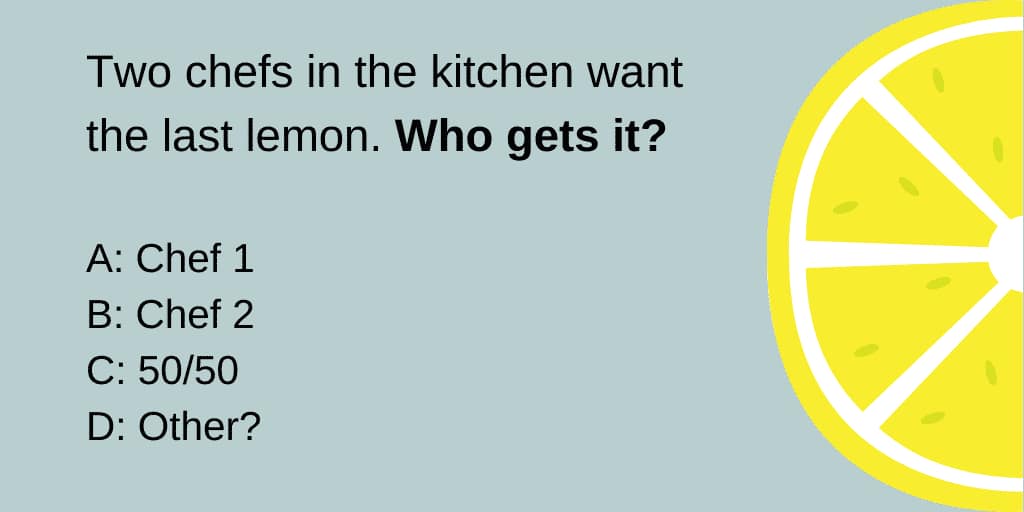
The choices are:
A: Chef 1
B: Chef 2
C: 50/50
D: Other?
What do you think? Typically when I ask this question I get a mixture of responses. In reality based on the information provided it would be difficult to determine who should get the last lemon.
We just learned about asking questions, so the question that comes to mind is to ask both chefs what do they need the lemon for? (To complete their dishes yes, however, what is their dish?)
Let’s say:
- Chef 1 says she needs the lemon for the rind to grate as a garnish for a cheesecake.
- Chef 2 says she needs the lemon for the juice to make lemonade.
Problem solved right?
Both chefs get what they want and the correct response is Option D: Other.
Now if we focused on the positions, where both Chef 1 and 2 wanted the lemon and stayed firm we would not get anywhere. Consider it a stalemate.
By giving one chef the lemon and not the second chef will eventually lead to animosity between the two chefs and create an undesirable work environment.
Option C: a 50/50 split seems fair, however in this situation is not the best option as each chef will be wasting a portion of the lemon.
There’s usually more than one way
Understanding the interests behind the ask gives you further insight into the minds of the other person. You may need to think quickly on your feet and come up with creative solutions that creates a benefit to all people involved.
What’s the standard?
Negotiation has an element of conflict and as humans, we tend to think differently. When negotiating, agreeing on an objective standard can help. For example, if you are negotiating your Product Manager job offer an objective standard could be market rates for similar Product Managers with a similar experience.
Market rates are not set in stone. Depending on your experience and what you can bring to the table combined with other elements related to a job offer. You can negotiate a higher salary or the employer may try to negotiate a lower salary. The point here is that the starting point or agreed upon objective standard is the market rate.
Other examples of objective standard include; market value, precedent, and cost.
5. Leverage
Leverage gives you power to be confident and negotiate on your own terms. In the book getting to Yes, Roger Fisher, William Ury, and Bruce Patton about the better the BATNA the greater your power. We briefly touched on that in the 2. Prepare section above that talks about BATNA.
As per G. Richard Shell’s book Bargaining for advantage there are three different types of leverage:
- Positive leverage. You have something that someone wants.
- Negative leverage. What can I do to make someone do something for me.
- Normative leverage. Appeal to the values of the person you are negotiating with.
Richard also talks about the power of coalitions whereby using relationships and shared interests helps create effective coalitions to gain all three types of leverage.
When considering leverage remember:
- Leverage is based on perception not facts
- The amount of leverage can change quickly
- People will listen to you if you have authority. Authority is not leverage
6. Align the success plan
In sales terms: Always be Closing. However, in Product terms what are the next steps to make this happen?
For example, if you’re a Product leader hiring your first Product Manager. Once the candidate has accepted the offer the negotiation portion is effectively completed. The next steps could include setting a start date, completing any necessary paperwork, pre-onboarding, etc.
10 steps to influence without Authority
In order to influence, trust plays an important role. Think about it, when you trust someone when they talk generally you’d listen to what they have to say. It’s easier to cooperate with them, easy to commit to things, and you have a sense of feeling comfortable.
On the other hand, if you don’t trust someone you’ll likely be suspicious, act with caution, and unable to commit without additional information or assurances.
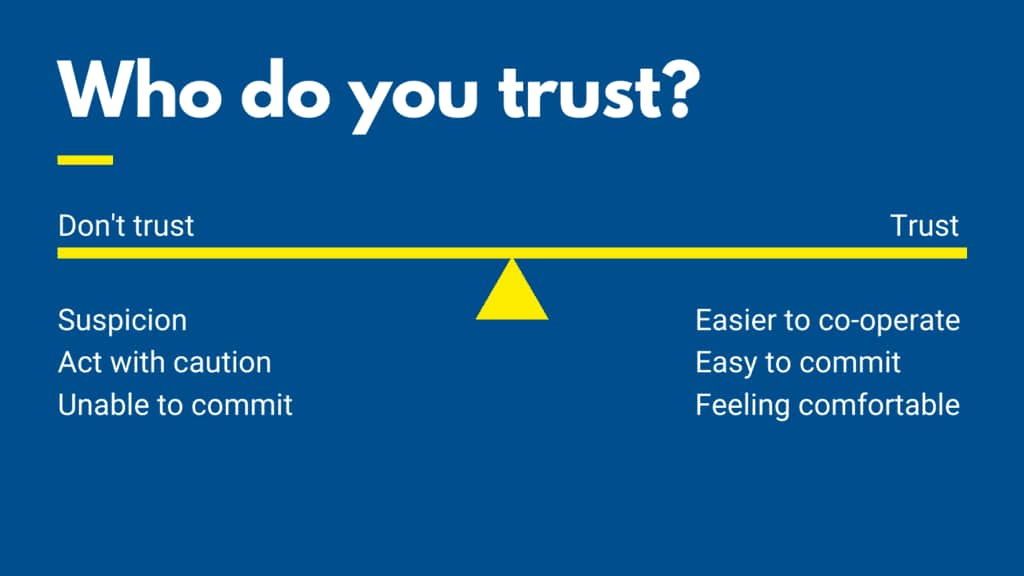
1. Be influence-able
This may seem obvious, however, if you want to:
- Influence other people you must be influence-able
- Build trust, first you must trust others
Everyone can bring something to the table, you may not need them now but down the road, you may. Therefore, treat everyone equally and do not burn your bridges.
2. Be active
Interact with people you are trying to influence. The simplest way to do this is to answer your emails, text, tweets, voicemails, video chats, etc. However, that alone is not enough. Be proactive, reach out to people. Be a resource.
Hiten sums it up very well:
3. Know your stuff
As a Product Manager, you are not expected to know everything. In fact, saying that you don’t know something, however, you’ll do some research tells more about your character than blindly lying to sound smart.
In practical terms:
- Share your knowledge by teaching
- Show your competence through social proof
Product Managers interact with the engineering team on a regular basis. Product Managers don’t need to be engineers, however, they do need to be able to have a conversation.
4. What does success look like
In order to influence someone their needs to be a common goal, vision, objective, or outcome. Something the team can be excited about and work towards. A shared interest of sorts.
When conflicts start to arise keep in the forefront of everyone’s mind the common goal, vision, objective, or outcome the team is working toward.
There may be times when the team needs to start prioritizing if multiple issues arise. For example, the sales team needs the Product team to assist with a customer demo, however, the Product team has been asked by the VP of Product to review the roadmap.
Both are important events, however, in my opinion the Product team should have a chat with the VP of Product if they can reschedule the review of the roadmap to assist with sales.
I doubt the VP of Product would say no, but involving other team members and discussing how to prioritize and then communicating the final decision keeps the team on the same page.
5. Build relationships
Do you remember that co-worker who reaches out only when they need something? well, don’t be that co-worker. Relationships are built over time.
Building relationships is hard. We all start as an acquaintance, then moving to co-worker status. Finally, if things go well that relationship may be called a friendship.
Being a friend is not a requirement to negotiate. You do not need everyone to be your friend. In fact, if you try to negotiate with your friends all the time, you may lose a few. Friends can ask for favors or concessions without giving anything in return. If they reciprocate it may not be even.
Gifts and favors go a long way (as long as they are legal 😉). It can as simple as buying someone a coffee or helping them export a document.
As per Forbes, Guanxi loosely translates as personal connections, relationships, or social networks. It implies trust and mutual obligations between parties, and it operates on personal, familial, social, business, and political levels. Having good, bad or no guanxi impacts one’s influence and ability to get things done.
Some recommendations for developing your relationship building skills:
6. Build alignment
Aligned teams make better decisions.
Working in cross-functional teams has its fair share of ups and downs. On one hand, cross-functional teams bring expertise to the table that you or your team do not have. Similarly, on the other hand, other teams may not share the same values or goals as you.
Without team alignment.
Have you worked on a team where it seems like things just don’t click?
You think they do, and as the company starts to scale or as team members change you start losing track of what’s going on.
Consequently, the communications are unstructured and mixed messages are received, the left-hand doesn’t know what the right hand is doing. Hence, there is no clear sense of direction and team members are fast losing interest.
Furthermore, teams are arguing and escalating to management.
As a result, you end up working late to actually do the job you were hired to do and nothing seems to move in the right direction.
Benefits of working in an aligned team.
In contrast, imagine working in a team where things start to flow.
- The team knows what they are working on individually, as a functional team, part of the larger team.
- Consequently, communication is improved.
- Everyone on the team is invested in the outcome and is working hard to succeed.
- Decisions are made faster.
- Team members want to come to work and work hard. They are engaged and motivated.
- Finally, team productivity and performance increases reducing waste.
Some recommendations for developing your alignment building skills:
7. Team Discovery (Understand the team dynamics)
When communicating as part of a cross-functional team, don’t just talk shop. Get to know the team and its members. This is the essence of team discovery. You should aim to understand:
- What/how they think
- What motivates them
- The biggest challenges they face
- How they measure success
One of the first things I do when I’ve joined a new company is to set up some time to chat with co-workers. Think of it as an intro call, with some discovery elements.
You cannot know the team member in one day or one chat, however, it gives you the opportunity to start off the relationship on a positive note.
I like how Steph created a “user manual” when she joined a new team. It’s a fantastic starting point to get to know her.
8. Communicate with purpose
When the communication is clear it has a knock-on effect. Your cross-functional team understands information quickly but more importantly, the team understands the information accurately reducing misunderstandings.
Two of the common mistakes I have seen in communicating is:
- Not tailoring the communication to your audience
- Overloading people with unnecessary information
Here’s what I mean by this.
As Product Manager, we place a lot of importance on the user and customer. Rightfully so, as part of a Product manager’s job is to understand the user.
However, internally we work in cross-functional teams, yet many don’t understand the role of these different functions.
For example, do you know what motivates the:
- Sales team?
- Marketing team?
- Customer support team?
- Or even your team members?
What is the purpose of communication?
If we take a step back communication is the transfer of information from one person to another. Or another way to look at this is why should the person receiving the information care?
Before scheduling a meeting
Meetings can be a time suck. However, if done with some creativity they can be useful. Either way, meetings are something you’ll likely have to deal with.
Things to consider:
- Communicate a clear agenda and outcome
- Roles and responsibilities
- How much time will people need to devote
- Are there any materials attendees need to review prior to the meeting? if yes, why?
- Notes/ next steps
Without know why invitees should come to the meeting, what’s in it for them, and why should they prepare. The engagement may not be what you want, (if at all they show up).
Communicate with leadership
As you go higher up the chain with leadership, they are less interested in the details and more interested in the strategic nature and how that ties in with their objectives.
You may only have five minutes to explain what is happening on that $100M project. You may have been asked by the leader’s admin to share one slide or two slides max.
How do you combine, for example, eight months of work and a $100M project into one or two slides?
How do you know it will be meaningful to the leader?
Find out what is meaningful to them. If asked to communicate with a sales leader they are numbers people. In good years when there are more deals then capacity they can pick and choose which companies to work with. In bad years they might be willing to accept a deal at a lower profit margin.
Connect what you are doing with the overall business goals, objectives, and/or outcomes. Understand what success looks like to leadership.
Some recommendations for developing your communication skills:
9. Minimize risk & reduce friction
There are risk-takers and risk avoiders. Generally speaking, it will be easier to influence a risk-taker as they will see the benefit of the upside with the tolerance to accept the consequences of the risk. Conversely, risk avoiders (or people who are risk-averse) may need more time and additional information before making a decision.
Therefore, try to position yourself with low hanging fruit. This will register some early wins which will boost confidence and trust.
Think about what the overall goal or objective is and aim to reduce friction to help achieve that success. Reducing friction makes it easier.
Some recommendations for reducing friction:
10. Create a path to success
You’ve done all this hard work influencing multiple stakeholders. Now you have to go and execute on it. What are the next steps, how do we implement?
If you’re someone who brings solutions (ideas) and can deliver (execute) on them timely you’ll be able to influence your team more effectively.
Don’t be the Product Manager that brings the energy and ideas to the table but doesn’t know how to actually make it happen.
5 negotiation traps to be aware of
Reciprocity trap
Times Square, NYC is a popular tourist attraction and during the summer months (before Covid-19) you generally see folks dressed up as popular children’s characters. One summer afternoon my son and I were exploring NYC. We went to the intrepid museum and my son wanted to check out Times Square.
We got to Times Square and soaked in the sight, my son saw someone dressed as Mario (the video game character) and one of his fav games was Mario.
Naturally, Mario was waving and being friendly and people were taking photos with him. My son asked if he could have his photo taken. I said sure. To set the scene this was parents taking out their phones and taking pictures. We waited for our turn and took the photo.
Then Mario approaches me and asks for money. I had already taken the photo, what was I going to do? I felt obligated to take out some money to give Mario.
This is an example of a reciprocity trap designed to trigger a donation exceeding the value of a 5-second photo taken on my phone.
To be clear, I understand that is how they make some money. For me, it took me by surprise.
To bring this to a negotiation, beware of people who make small concessions and then ask for a bigger concession in return.
Or beware of people who disclose little information and then ask you to disclose a lot more information.
Good Cop Bad Cop
You may have experienced something like this in the past. An example of this can happen when going through a job application process.
- Good Cop: The business owner may say something along the lines of “officially I am not allowed to get into the salary aspect HR normally does that. However, we’d love to have you on board and will help fight for the salary you’ve asked for”. By saying this the business owner is attempting to get on your side and gain your trust.
- Bad Cop: The HR team member may counter by saying that unfortunately, we don’t have what you’re asking for in our budget we can only offer this much.
The role of the bad cop is to make an outrageous offer which generally anchors to the lower end of the salary offer.
The role of the good cop is to be on your side and have “internal discussions” to break down the bad cop to come up a little and then work with you to make that offer attractive.
Not saying this happens all the time or the characters involved have bad intent. The goal here is to distract you into a conversation between the business owner and HR while throwing you off your interests.
The last-minute issue
Just as you’re about to agree on something, the last-minute issue is surfaced. Something so small that it doesn’t really need a discussion and you may be tempted to just give in and agree. This becomes a free trade for the other person.
To avoid this, simply say no or ask for something in return (remember how much I emphasized the importance of preparation?)
The school yard bully
During a negotiation you may come across someone who is over powering over bearing and you just cannot get a word in.
Yes, they still unfortunately exist. The key here is to remain calm and not get emotional or be intimidated.
The alternative availability
Good negotiators will likely try to ask questions about your BATNA (and you should also ask about their BATNA). If you have not prepared properly and done your research you may not know if an alternative exists.
Once I got to the second round interview for a position, I asked where the company was in their hiring, they responded they should be making an offer to the right candidate soon.
The choice of words “right candidate” set off an alarm so I decided to probe a little further by asking questions and I found out that the company had a #1 candidate choice (in their own words started the process before me) who they were planning to make an offer.
I was being interviewed to fill up the pipeline in case their first choice said no or did not meet the employment requirements.
What to do if you fall into a trap
If you realize that you are falling into one of the above-mentioned traps or in general feel that the negotiation is not going in the direction you had hoped for, think about the following:
- Staying quiet. Don’t start pushing back or making accusations.
- Focus on their interests. Does this trap help them in their interests or this is a school yard bully tactic to try and break you down?
- Do not start defending yourself or your interests. At this stage do not let your guard down or become emotional.
- Take a break. Take a five and come back if you feel progress can be made or consider your walk-away point.
Do founders negotiate?
I had a conversation with a founder that I’d like to share with you. He was a founder of a SaaS company and I introduced and showed him The Product Angle.
From looking at the homepage he immediately understood what we do and he immediately understood the line “become a better Product Person” and asked me what we offer.
After explaining how The Product Angle can help him become a better Product Person, the next question puzzled me.
Why do I need to negotiate?
After taking a second to re-group I asked the founder several questions about user acquisition.
He confidently told me that he has been sharing his SaaS with PH, IH, and HN. I asked how many paying customers he has gotten from these channels.
He spoke about the number of views, email captures, number of trials, etc. Meanwhile, I pushed a little more and found out that he had zero paying customers at that time. He told me only shared his SaaS with the world recently.
To be clear I have the utmost respect for this founder (and founders in general), creating a SaaS product alone shows great skills, talent, and determination.
Next, I explained to him that I would consider re-evaluating his user acquisition strategy. While, posting to PH, IH, HN, and other similar sites is a great way to get exposure. In short, these channels may not be the best way to acquire users or validate your idea. Others have written about this so I do not plan to go there.
Sales is a negotiation
I suggested that he reach out directly to his target user base and;
- First of all, talk to them
- Get them interested in your product
- Communicate and help them understand the pain your product solves
- Explain why your product or the story behind it
- Getting them to use/ try your product
- Help them with overcoming any learning barriers
- Get them to the Ah-ha moment
- Offer assistance along the way or check-in if they stopped using and understand why
- Turn them into paying customer
- Turn them into customers that love your product
What I explained there was effectively an example of a sales process. Furthermore, all of these things are things that don’t scale. In the beginning, founders need to do things that don’t scale for the first 10 – 20 – 50 – or even 100 customers.
The sales process is effectively a negotiation. Therefore, in our opinion Founders do need to negotiate, the above is just one example of when founders negotiate.
To take this a step further everyone negotiates every day.
Enjoy this article?
This is the first article since working with Ryan Robinson as a part of his Scholarship program.
🙏 Very grateful for the suggestions and knowledge Ryan has shared.
